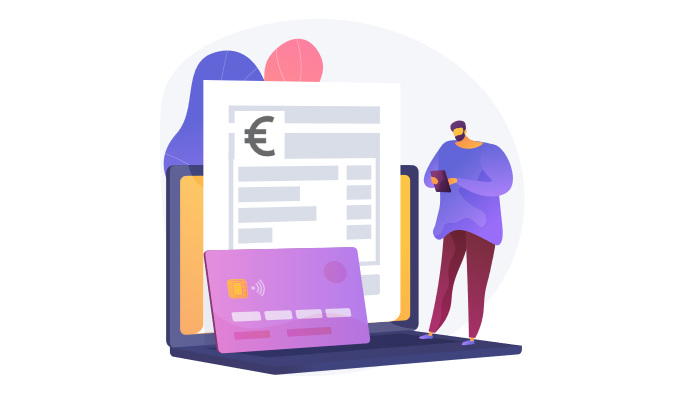
An electronic invoice (e-Invoice) is an invoice that has been issued, transmitted and received in a structured data format which allows for its automatic and electronic processing, as defined in Directive 2014/55.A structured electronic invoice contains data from the supplier in a machine-readable format that can be automatically imported into the buyer's Account Payable (AP) system without requiring manual entering. e-Invoices are not:
The use of e-Invoices requires two key functions:
The European standard on e-Invoicing, EN16931, defines the structure of an eInvoice and various options for transmitting the invoice. More details about Compliance with the European standard on e-Invoicing. |
Useful information: |
Starting 2022, eInvoicing work is conducted within the scope of the Digital Europe Programme (DIGITAL).
The DIGITAL e-Invoicing building block aims at promoting the uptake and accelerating the use of eInvoicing in respect of the European standard, amongst both public and private entities established in the EU, as well as in participating additional European Economic Area (EEA) countries.
The DIGITAL e-Invoicing building block serves to support public administrations in complying with EU eInvoicing legislation and helps service & solution providers adapt their services accordingly. Emphasizing B2G invoicing. However, eInvoicing and the European standard can also be used to enable the Government to Government (G2G) and Business-to-Business (B2B) communication.
The technical management of the e-Invoicing Building Block is carried out by the Directorate-General for Digital Services (DIGIT) of the European Commission. Implementation of the EU policy directly related to eInvoicing is the responsibility of the Directorate-General for Internal Market, Industry, Entrepreneurship and SMEs (DG GROW) of the European Commission.